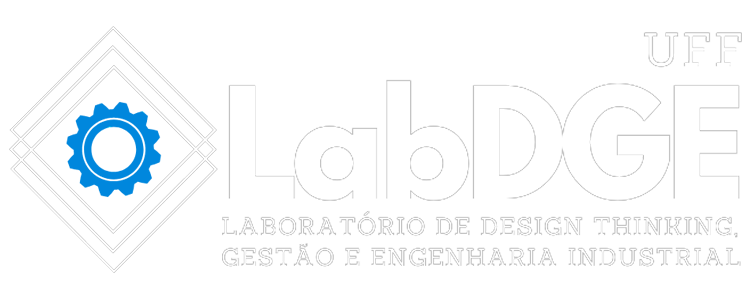Tools
Lean tools can be grouped into four main categories
Waste elimination tools
These tools help identify and eliminate unnecessary activities or steps that do not add value to a process. Examples include value stream analysis, 5S, Kanban, SMED, TPM and VSM.
Planning and control tools
These tools help plan and control production and workflow. Examples include Ishikawa diagram, process map, cause and effect diagram, and decision table.

Continuous improvement tools
These tools seek to constantly identify and correct problems in order to continually improve the efficiency and quality of processes. Examples include logbooks, histograms, card charts, Pareto charts, and check tables.
Management and leadership tools
These tools help you manage and lead the team and the change process. Examples include PDCA strategy, team training, project management and change management.
Lean Tools
FMEA
Análise de Modos e Efeitos de...
Gráfico Sequencial de Controle
Gráfico Sequencial de Controle O...
Folha de Verificação
Folha de Verificação Folha de...
Fluxograma
FluxogramaO Fluxograma é a...
5W2H
5W2H Definição (O que?) A...
Analise de Stakeholder
Analise de Stakeholder Definição...
Análise de Tempo de Falhas
Análise de Tempo de Falhas...
Análise de Variância
Análise de Variância Definição (O...
Análise de Tempo de Ciclo
Análise de Tempo de Ciclo...
Análise Multivariada
Análise Multivariada Definição (O...
Avaliação de Sistemas de Medição/ Inspeção (MSA)
Avaliação de Sistemas de Medição/...
BoxPlot
BoxPlot O Box plot é um gráfico...
Brainstorming
Brainstorming Brainstorming é uma...
Carta de Controle
Carta de Controle A finalidade da...
Cartas Multi-Vari
Cartas Multi-Vari Uma carta...
Diagrama de Afinidade
Diagrama de Afinidade É uma...
Diagrama de árvore
Diagrama de árvore ▸É uma...
Diagrama de Dispersão
Diagrama de Dispersão O diagrama...
Diagrama de Matriz
Diagrama de Matriz É uma forma de...
Diagrama de Ishikawa
Diagrama de Ishikawa É um gráfico...
Diagrama de Gantt
Diagrama de Gantt O gráfico de...
Histograma
Histograma É um grafico de barras...
Manuais
Manuais Manuais são todo e...
Mapa de Processo
Mapa de Processo O mapa de...
Matriz de Priorização
Matriz de Priorização A matriz de...
Métricas Seis Sigmas
Métricas do Seis Sigma Quais são...
On the Job Training (OJT)
On the Job Training (OJT) O...
Operação Evolutiva
Operação Evolutiva A metodologia...
Out of Control Plan (OCAP)
Out of Control Plan (OCAP) O OCAP...
Técnicas de Coleta de Dados
Técnicas de Coleta de DadosÉ uma...
Análise de Séries Temporais
Análise de SériesTemporaisUma...
Diagrama de Pareto
Diagrama de Pareto É um recurso...
Universidade Federal Fluminense - UFF Volta Redonda
Av. Dos Trabalhadores n.º 420 – Vila Santa Cecília – Volta Redonda – RJ- CEP:27255125
Projeto Lean na UPA 24H (Ministério da Saúde)
projetoupa.labdge.proppi@id.uff.br
© Copyright 2022. UFF - Todos os direitos reservados.
